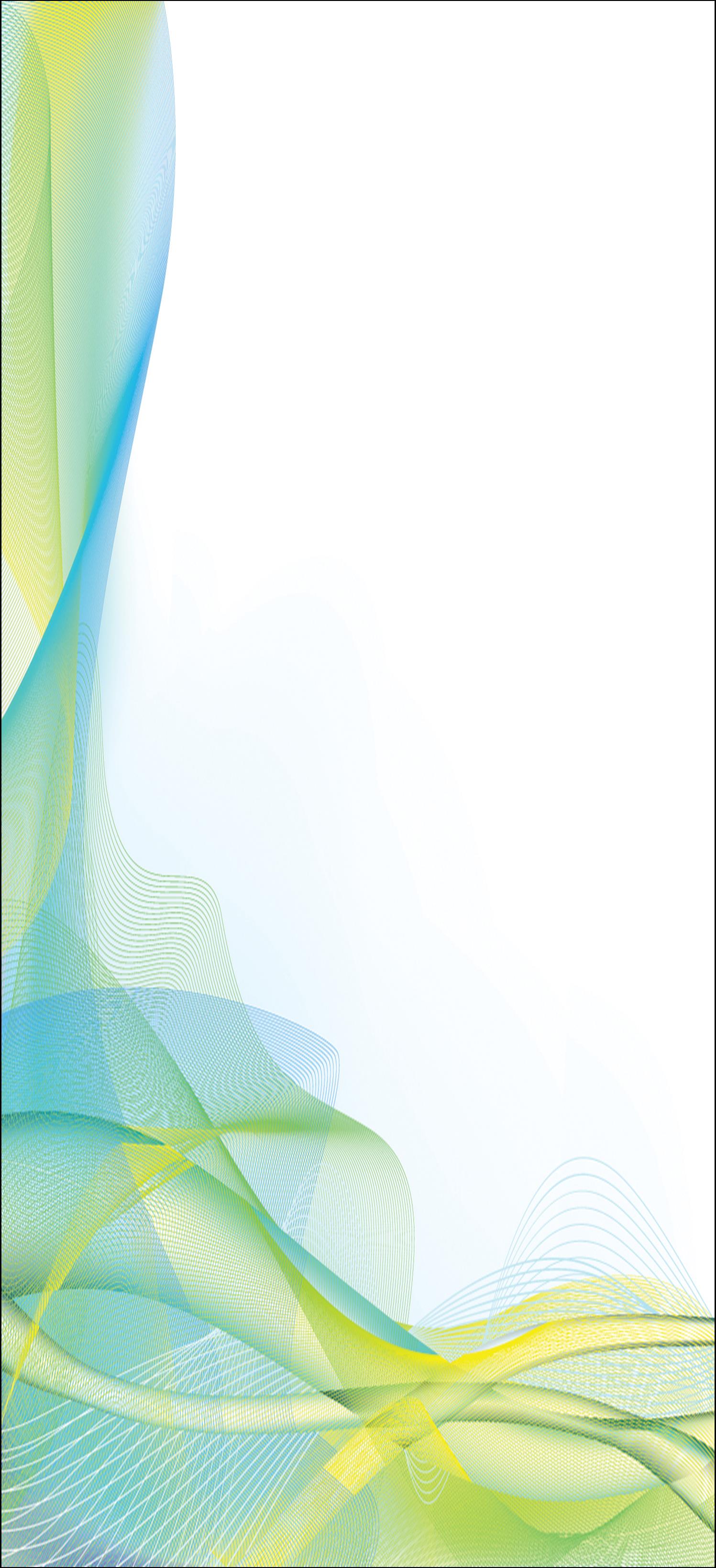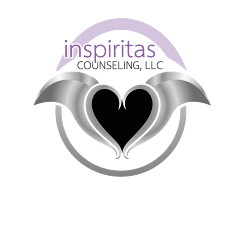
|
What is Neurofeedback? Neurofeedback is a type of training for the brain which is much like exercise for the body, a type of biofeedback for the brain. In Neurofeedback, the brain is trained to change its brainwave patterns, and the result is improvement in your ability to focus and stay on task, to organize information, to complete assignments, and to enjoy relationships.
How does Neurofeedback work? Neurofeedback works through a process called operant conditioning. This is a very gradual process of exercising the brain to produce the patterns (brainwaves) which are most desirable. As the brain gradually becomes trained as desired, it becomes more stable and better able to produce a state of being relaxed, focused, and calm. This state becomes a preferred state for your brain. The brain learns to self-regulate and stay in this desired state more of the time. The result is that you can be relaxed rather than stressed; focused rather than distracted; calm rather than anxious. An alert, focused, and calm person can better do his/her work, participate in sports or other activities, and interact with others in a more desirable way.
What conditions can Neurofeedback help? There are many conditions which can be helped by Neurofeedback. Most commonly, Neurofeedback is used for ADD, ADHD, Depression, Learning Disabilities, Anxiety, Sleep Disorders, Traumatic Brain Injury, Migraines, and Peak Performance.
How is Neurofeedback done? Sensors are placed on the scalp with conductive paste, so that the brain’s patterns can be read by the Neurofeedback practitioner. No current or voltage is input to the brain. The brain’s patterns are input to a computer which produces a readout of the patterns in the form of a game which you “play”. As your brainwaves approach the desired pattern, you are rewarded through the game. Gradually, over time, your brain learns to “play” the game in the most effective way by staying in the target range for your brain patterns.
Can Neurofeedback eliminate the need for drugs such as Ritalin or Anti-depressants? In many cases Neurofeedback can eliminate or reduce the need for medication. The Neurofeedback practitioner works with you and your physician as medications are gradually reduced under the physician’s supervision.
What is a QEEG (Quantitative EEG)? In almost any case or type of disorder mentioned above, a Quantitative EEG, or QEEG may be desirable to see how well the brain is functioning in the various frequencies across the regions of the brain. The QEEG allows us to see your brainwave patterns simultaneously from at least 19 locations on your head at one time. Many times, especially in trauma survivors, a client’s QEEG may show the possibility/probability of a mild Traumatic Brain Injury, or TBI. The QEEG is interpreted by an experienced Clinical Psychologist for my clients. The value of this test should be underscored, as many things may show up in the QEEG that we could not find from an interview alone.
Neurofeedback Process Age limits – Ages 5 – 80 or so may train with neurofeedback. Older adults frequently experience something called "brain brightening" which means their memory improves and they have fewer problems with word searching. This is an additional benefit which all clients may experience, in addition to the improvement of their primary symptoms.
Assessment for ADD/ADHD - I first administer the Hill-Castro checklist for adult/child ADD/ADHD symptoms to see which symptoms need improvement. I also gather information on sleep and levels of anxiety and depression, as these factors may also improve with neurofeedback. Clients with other issues will still complete the Hill-Castro as it may shed light on treatment strategies.
Next, I determine if I need to administer a QEEG (Quantitative electroencephalogram). This shows the client’s brainwaves over 19 locations on the head (simultaneously). Not everyone needs this, as it depends on how complex the case is; if there are dual diagnoses, etc... I recommend the QEEG in most cases as this guides the treatments strategies very effectively.
Once the assessment is done, we start NFB training which averages 30 sessions for ADD; it may require more or less sessions, depending on the client.
Once the sessions are finished, additional sessions should not be needed in the future. However, in RARE cases, the client may need a "booster" session or two, 6 months or so after treatment.
Also, the client can stay on their current medications. It is common to see a reduction in the need for medications such as Ritalin or anti-depressants after beginning NFB treatments. I work with the client’s MD to gradually phase off meds as needed.
Training is done 2-3 times per week, so if 30 sessions are needed, it can be completed in as little as 10 weeks. It is similar to physical exercise or physical therapy, in that doing the training frequently improves the results and speeds up the process. For more information on neurofeedback, please visit (www.isnr.org) which is a website featuring the major research articles on neurofeedback.
Suggested Reading
ADD: The 20-Hour Solution (Click here to find on Amazon) Training Minds to Concentrate and Self-Regulate Naturally without Medication By Mark Steinberg, Ph.D. and Siegfried Othmer, Ph.D
Getting Rid of Ritalin (Click here to find on Amazon) How Neurofeedback Can Successfully Treat Attention Deficit Disorder without Drugs By Eduardo Castro, MD and Robert W. Hill, Ph.D
A Symphony in the Brain: (Click here to find on Amazon) The Evolution of the New Brain Wave Biofeedback By Jim Robbins
|
|
Lee Anne Covert Smith MA, LPC Colorado Springs, Woodland Park, Divide, Green Mountain Falls, Cascade, Florissant P.O. Box 907 Divide, CO 80814 (719) 332-4780 |

|
Inspiritas Counseling, LLC
|
|
Copyright 2008, All Rights Reserved |
|
(a Sondermind Practice) |